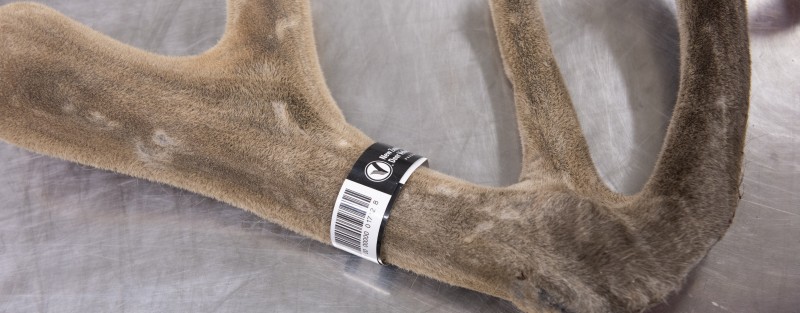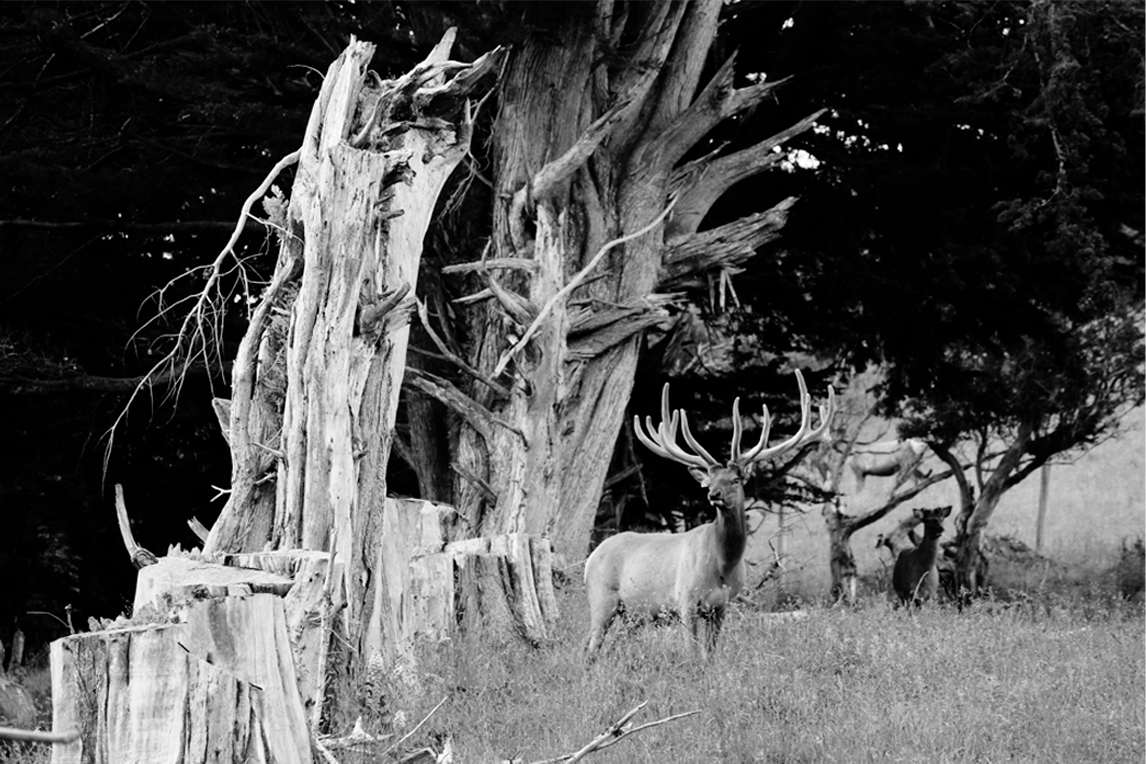Apr 30, 2025

In the face of challenging market conditions during the 2024/25 season, deer farmers are asking an increasingly important question: Is the current velvet export model fit for purpose?
At DINZ, we hear these concerns and acknowledge the need to reassess how the sector is structured — and whether better alternatives exist to improve coordination, economic returns, and advance our reputation.
Today, velvet exports are handled by a range of private sector exporters, each operating independently. While this free-market model enables flexibility and competition, it also has downsides: farmers may find themselves as price takers, offshore buyers may exert significant influence, and there may be no industry-wide approach to preferred velvet grading, branding, or marketing.
“Without consistent standards or oversight, some buyers may try to provide inconsistent messaging to the market, influence the narrative for commercial gain, or avoid remitting your levy, putting quality assurance at risk” says DINZ CEO Rhys Griffiths. “This undermines the premium positioning New Zealand deer velvet has worked hard to build in global health and wellness markets — particularly in China and Korea.
“Market uncertainty driven by misinformation and misrepresentation can result in a significant volume of velvet being sold at low prices, thereby establishing the market benchmark for the season.”
In recent months, farmers have revisited the idea of a “single-desk” model — similar to Zespri in the kiwifruit industry — as a potential solution. Others have proposed mechanisms to improve levy compliance, product traceability, and fairer trading practices. These suggestions share a common theme: the desire for more transparency, consistency, control, and collective strength.
A spectrum of models – and finding the right balance
As part of a review that commenced in mid-2024 and has been accelerated in early 2025, DINZ has explored several models that sit along a spectrum of control:
- At one end, a highly centralised model, where all exports are coordinated through a single trading and marketing entity, similar to Zespri.
- At the other end, the current fully free market system, where exporters operate independently without coordinated oversight or mandated standards.
- In the middle, a set of hybrid models that introduce structure and accountability while preserving commercial independence.
After careful consideration, DINZ has decided to retire the single-desk concept as a viable option for deer velvet. There are several compelling reasons for this:
- Lack of legislative support: Zespri's structure was made possible through specific legislation and broad consensus. Replicating that pathway for deer velvet is both complex and unlikely to gain the necessary public and private sector support.
- Branding and product control: Unlike kiwifruit, deer velvet is sold primarily as a raw or semi-processed ingredient, with little central brand ownership or consumer-facing visibility.
- Industry fragmentation: The velvet industry comprises multiple exporters, many of whom have made long-term investments in proprietary supply chains and customer relationships. Consolidation under a single desk would be highly disruptive.
- Industry autonomy: Many farmers and exporters value their independence. A single-desk model would require substantial structural change and could face strong opposition from within the sector.
In short, the conditions that enabled Zespri’s success do not exist in the deer velvet sector — and forcing them into place could create more disruption than benefit.
DINZ is now focusing its attention on a better and achievable model — one that could introduce export oversight and accountability while preserving the independence of exporters. While specific design elements are still under development, the general concept involves a more disciplined and structured approach.
“Importantly, any new pathway is not intended to set prices, control demand in end markets, or replace the role of exporters in their commercial relationships,” says Griffiths.
“Rather, it seeks to introduce greater structure and integrity into the export model, supporting a more coordinated environment while leaving commercial dynamics in the hands of market participants.”
This approach is consistent with the Thrive 2035 Industry Strategy, which calls for improved value chain coordination, stronger brand integrity, and a more resilient market presence for deer velvet.
Next steps
DINZ is further evaluating that which appears most promising and will consult with key stakeholders, particularly with the NZDFA, velvet buyers/exporters and key contacts in the public sector. A more detailed outline of this approach will be presented in the coming weeks. Industry feedback will help shape the next phase, and if broad support is achieved, DINZ will work with government partners to explore how this new framework could be developed and implemented, including setting out the costs and benefits.
In parallel, DINZ remains committed to market-led growth strategies. These include ongoing work to expand consumer demand in Asia, deepening relationships with commercial partners, and supporting exporters with branding, education, and innovation. These initiatives remain an essential part of DINZ’s broader approach and will continue regardless of any potential export-orientated structural reforms.
“There is no perfect solution, and no model will eliminate all challenges,” says Griffiths. “We believe the best path forward is one that recognises the need for change while working with, not against, the strengths of our existing industry. We encourage all farmers, exporters, processors, and stakeholders to engage constructively in this process. The future of our velvet industry depends on our ability to adapt, align, and lead together.”

